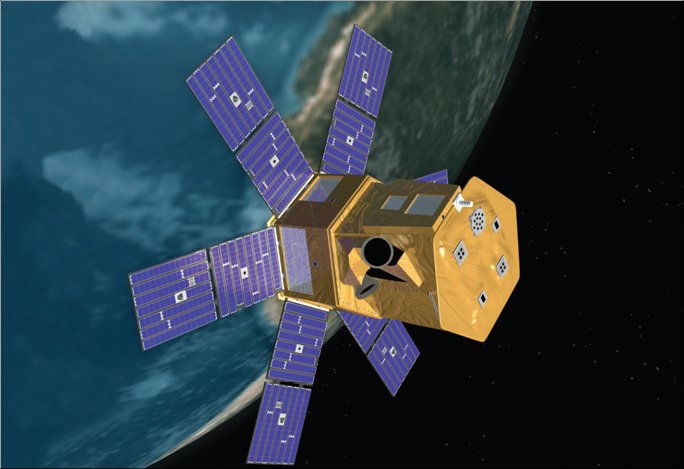One Uniquely Smooth, Regular, and Stable Star
In several of my speaking events, I remind my audiences that stars are like human beings: they are all unstable to some degree. Also, like humans, the most stable stars are those that are middle-aged.
A multidecade set of observations of the Sun and the most Sun-like stars now shows that the Sun may be the most stable of all stars.1 It is certainly the most stable of all stars for which astronomers have performed stability observations. That stability attests to a design and purpose for the Sun and human beings living near it.
All stars exhibit both activity and variability. By “stellar activity,” astronomers mean the flares that arise from the generation, evolution, and annihilation of magnetic fields in local regions of a star’s atmosphere and layers just below its surface. By “variability,” astronomers mean changes in the total luminosity or brightness output of a star.
A team of five astronomers headed up by Richard Radick of the National Solar Observatory—located in the appropriately named town of Sunspot, New Mexico—reported on a study comparing the Sun’s activity and variability with that of 72 Sun-like stars over the time period spanning from 1992 to 2017. While such comparisons had been done before 1992, the new observations have been achieved with unprecedented precision. Much of the credit for this greatly enhanced precision is due to the Solar Radiation and Climate Experiment (SORCE) satellite (see figure below). This satellite was able to measure the total solar irradiance (TSI) to 0.001 percent precision.

Figure: The SORCE satellite for monitoring the Sun’s activity and variability.
Data from SORCE shows that solar flares manifest at least two orders of magnitude (at least a factor of 100) higher levels of variability than does the Sun’s TSI. The amplitude of TSI variability is only 0.1 percent, and this variation is in lockstep with the sunspot number and the corresponding 11-year sunspot cycle. The reason why the TSI varies so little is that it reflects the slight imbalance between the luminosity deficit produced by dark sunspots and the luminosity enhancement produced by bright faculae (solar “faculae” are short-lived convection cells that form bright spots on the Sun’s surface).
Radick’s team determined four conclusions from their comparative study:
- The variability of Sun-like stars younger than the Sun is dominated by dark starspots, which is unlike the Sun, where the facular spots dominate the variability.
- Sun-like stars older than the Sun show a direct correlation between total luminosity variation and chromospheric emission variations. (The “chromosphere” is the region beyond a star’s atmosphere where flaring activity is especially prominent.)
- The Sun is unique in that, unlike the Sun-like stars, it exhibits a smooth, regular activity cycle.
- The Sun is unique in that it manifests a low TSI variation relative to its chromospheric activity level and variation.
Radick and his team deduced that the two unique features they had found for the Sun perhaps show “that facular emission and sunspot darkening are especially well-balanced on the Sun.”2 What they did not comment on is that the Sun’s two unique features that they discovered especially benefit human civilization on Earth. The extreme climate stability that we have been enjoying for the past nine thousand years is due, in large part, to the Sun’s low TSI variation by its smooth, regular activity cycle.3 Without our current and recent past extreme climate stability, billions of humans could not live on Earth at one time, nor could billions of humans achieve the technology for billions to hear and respond to Jesus Christ’s offer of salvation and eternal life. Thank God for the Sun!
Featured image: The bright spots are faculae, and the dark spots are sunspots. Image credit: NASA
Endnotes
- Richard R. Radick et al., “Patterns of Variation for the Sun and Sun-like Stars,” Astrophysical Journal 855 (March 2018): id. 75, doi:10.3847/1538-4357/aaaae3.
- Radick et al., “Patterns of Variation,” 27.
- Hugh Ross, “Ready for Occupancy,” chap. 15 in Improbable Planet: How Earth Became Humanity’s Home (Grand Rapids: Baker Books, 2016).






